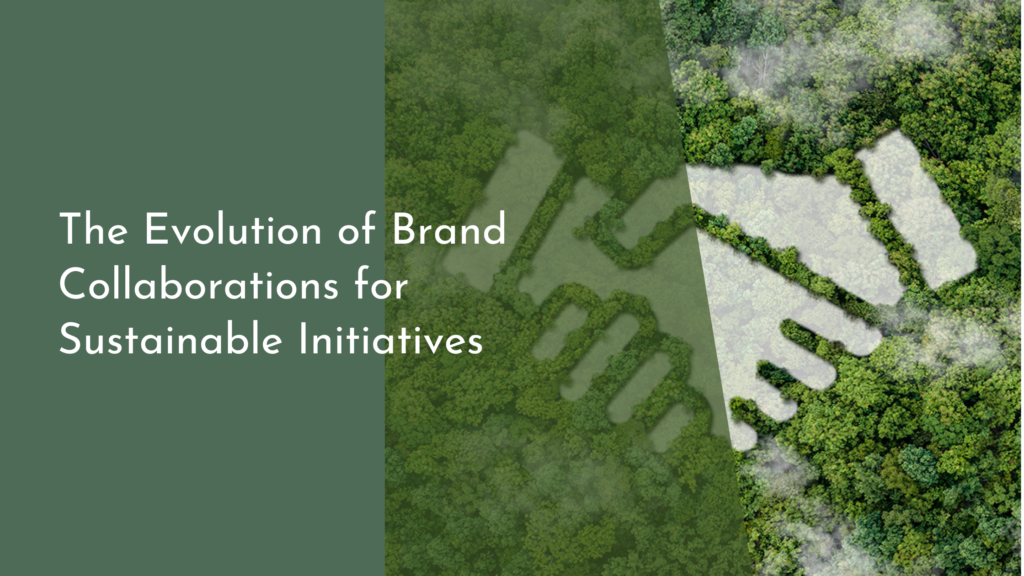How biodegradable solutions enhance wetland restoration
Wetlands are among the most productive ecosystems on our planet, serving as vital habitats for countless species and providing essential services such as water filtration, flood control, and carbon storage. However, human activities and climate change have put immense pressure on these precious resources, leading to the degradation of wetland areas globally. In response, restoration efforts are increasingly turning to innovative, sustainable solutions that align with the natural processes of these ecosystems. One promising avenue is the use of biodegradable materials, which offer a fresh and effective approach to revitalizing wetlands while minimizing environmental impact.
In this article, we will explore the importance of wetlands and the journey of their restoration, delve into biodegradable solutions and how they can positively influence wetland health, and share inspiring success stories from projects that have harnessed these eco-friendly materials. By embracing biodegradable solutions, we can pave the way for healthier wetlands and a more sustainable future.
The Importance of Wetlands and Their Restoration Journey
Wetlands are often referred to as the "kidneys of the Earth" due to their remarkable ability to filter pollutants and improve water quality. They provide crucial habitat for a diverse array of flora and fauna, including migratory birds, amphibians, and numerous fish species. Beyond their ecological significance, wetlands also offer social and economic benefits, such as recreational opportunities, tourism, and resources for local communities. The loss of these ecosystems due to urban development, agriculture, and climate change has raised alarm bells, prompting conservationists and scientists to prioritize wetland restoration.
Restoring wetlands is not merely about planting vegetation; it involves a comprehensive understanding of the ecosystem’s functions and the processes that sustain them. Restoration projects often employ techniques like hydrology restoration, soil amendment, and habitat enhancement. However, traditional methods can sometimes introduce non-native materials or chemicals that may disrupt existing ecosystems. This challenge has led to the exploration of biodegradable solutions, which can enhance the restoration journey by promoting natural processes without leaving a lasting footprint.
Biodegradable Solutions: A Fresh Approach to Healing Nature
Biodegradable materials, made from natural sources, break down over time without harming the environment. These include plant-based polymers, organic fibers, and other eco-friendly substances that can be utilized in various restoration applications. By integrating biodegradable solutions into wetland restoration efforts, practitioners can minimize the introduction of synthetic materials that may persist in the environment and disrupt the ecological balance. This fresh approach not only aligns with the principles of sustainability but also embraces nature’s method of gradual healing.
Using biodegradable solutions can enhance soil health, promote native plant growth, and improve water retention in wetland areas. For example, biodegradable erosion control products can stabilize soil while allowing plant roots to establish themselves, ultimately leading to more resilient ecosystems. By fostering a conducive environment for native species and enhancing nutrient cycling, biodegradable materials can significantly contribute to the overall success of wetland restoration initiatives.
How Eco-Friendly Materials Boost Wetland Ecosystem Health
The incorporation of eco-friendly materials into wetland restoration efforts has far-reaching implications for ecosystem health. One of the most notable benefits is the promotion of biodiversity. Biodegradable products, such as coir mats or jute netting, can provide essential support for plant growth and create microhabitats that attract various animal species. As these materials decompose, they enrich the soil with organic matter, enhancing nutrient availability for plants and supporting a diverse food web.
Furthermore, the use of biodegradable solutions contributes to improved hydrology, which is critical in wetland environments. By utilizing materials that naturally integrate with the local ecosystem, restoration projects can enhance water retention and promote natural water flow patterns. This not only supports the health of the wetland but also ensures that the restored area can adapt to changing climate conditions. By fostering strong, self-sustaining ecosystems, biodegradable solutions facilitate long-term resilience against future disturbances.
Success Stories: Inspiring Wetland Restorations with Biodegradables
Across the globe, numerous wetland restoration projects have successfully utilized biodegradable solutions, serving as inspiring examples for future initiatives. In the Florida Everglades, for instance, restoration teams have employed biodegradable coir logs to stabilize shorelines and encourage native plant growth. As these logs decompose, they not only provide essential nutrients but also facilitate the re-establishment of natural habitats, ultimately contributing to the revival of a once-depleted ecosystem.
Similarly, in the UK, the use of biodegradable materials in the restoration of coastal wetlands has yielded impressive results. Projects utilizing natural fiber erosion control blankets have significantly reduced soil erosion and increased plant coverage. As a result, these wetlands have not only become healthier but have also played a crucial role in enhancing local biodiversity and improving water quality. Such success stories highlight the potential of biodegradable solutions in transforming wetland restoration efforts into thriving ecosystems.
As we continue to face environmental challenges, embracing biodegradable solutions in wetland restoration represents a hopeful and effective pathway toward healing our planet. By focusing on eco-friendly materials that support natural processes, we can enhance the health and resilience of these vital ecosystems. The inspiring success stories from around the world serve as a reminder that with innovation, collaboration, and commitment to sustainability, we can make a positive impact on our wetlands and help protect them for future generations. Together, let’s champion the cause of wetland restoration and work towards a greener, healthier planet!

